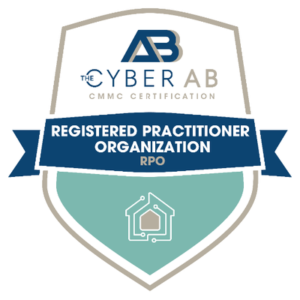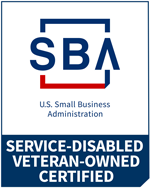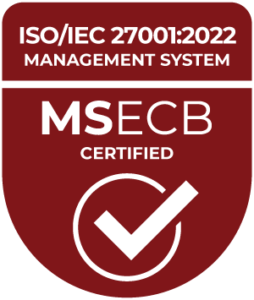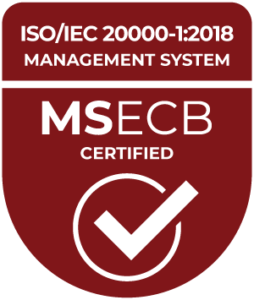Human Centered Design
Clever engineering can solve important problems. But solving technical challenges doesn’t guarantee devoted customers.
Human Centered Design (HCD) is a transformational way to invent solutions – one that keeps technical brilliance laser-focused on meeting human needs. Applicable to everything from designing a new building to pushing a software update, HCD can change your relationship with users and keep you competitive in a rapidly changing world.
Human Centered Design Approach
MBL’s HCD approach emphasizes investing time up front in research and discovery to understand user needs. We then execute a rapid prototyping and delivery model – one that involves end users in the feedback and improvement cycle to ensure that each release makes an immediate impact on their lives.
While our approach is tailored to the specific product or service under development, we follow the six phases of the IDEO HCD lifecycle:
- Observation: We spend time with target end users, ideally in the field, to understand how they work. We learn what challenges they face and document any workarounds they’ve implemented to make their work possible. While the emphasis is on observation, we couple this with user interviews to better understand our observations. During this phase, we also start to understand the metrics that matter to these end users.
- Ideation: We work with your product developers to generate ideas that might satisfy the needs identified in the observation phase. In the initial phase of ideation, we generate as many ideas as possible. We then whittle those ideas down to those that can be cost-effectively prototyped and tested.
- Rapid Prototyping: In this phase, we efficiently produce a prototype, or beta release, of an idea identified during ideation. While prototypes must be secure and functional, perfection is not the goal. Instead, we seek to get useable product or code to users as quickly as possible.
- User Feedback: After users have had time with the prototype, we solicit feedback from those end users. We might also measure performance against metrics identified during the observation phase to quantify performance.
- Iteration: Lessons learned from user feedback are used to improve the prototype or beta. It is then re-released to end users for additional feedback.
- Implementation: After several rounds of feedback, we finalize the prototype and formally ship. For easily iterated products (e.g., software), we will return to the observation phase and begin the process anew.
In addition to leading HCD initiatives for your development teams, MBL can also train teams to execute this process independently. Or we can develop a tailored approach to support only certain phases (e.g., user feedback collection).




